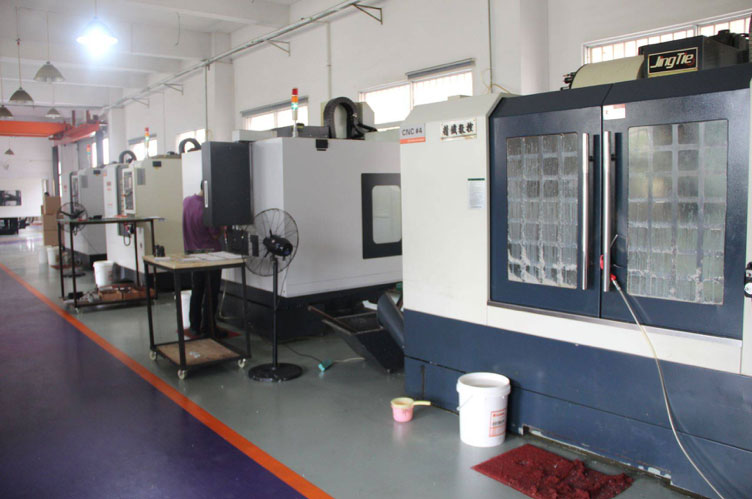Rapid prototyping is the quick formation of a full-scale model. The word prototype derived from the Latin words proto which means original and types mean model.
Rapid prototyping is the fast fabrication of a physical part, assembly, or model using 3D computer-aided design (CAD). The creation of the part, assembly, or model is generally accomplished using additive manufacturing, or more generally known as 3D printing.
Rapid prototyping employs a varied group of methods that are used to efficiently and quickly fabricate a 3D scale model of a physical part or assembly. Since additive manufacturing or 3D printing doesn’t want any tooling and permits approximately unlimited freedom in form, it is a complementary and natural techniques.
How Does Rapid Prototyping Work?
Rapid prototyping (RP) comprises a variety of industrial technologies, even though most utilize layered additive manufacturing. Though, other technologies used for RP include casting, high-speed machining, molding, and extruding.
While additive manufacturing is the most common quick prototyping process, other more conventional processes can also be used to create prototypes.
These processes include:
• Compressive – A liquid or semi-solid material is forced into the wanted shape earlier being solidified, such as with casting, molding or compressive sintering.
• Subtractive – A block of material is carved to produce the wanted shape using milling, turning, or grinding.

Rapid Prototyping Applications
Rapid prototyping applies to several technologies and materials, creating it a multipurpose technique that can be employed for numerous applications. A few ideas comprise the following:
• Concept models offer designers the chance to authenticate both their assumptions and the ideas that lie behind them. A physical concept model is a perfect way to discover a concept, validate its validity to stakeholders, and/or create communication surrounding it.
• Functional prototypes allow developers and designers to hold the details that provide an exact representation of the finished product by permitting them to confirm its validity before it moves onto the next stage. The design, fit, manufacturability and function of the product can be tested before moving it into full manufacture mode — an infinitely more costly process.
• Proving that a practicable prototype is also going to be economically possible to manufacture is the alternative application of rapid prototyping. Having a fantastic prototype that attains a satisfactory balance of aesthetics and functionality though likewise being cost-effective is possible with rapid prototyping.
• Product designers use this process for the rapid manufacturing of representative prototype parts. This can aid the visualization, design, and growth of the engineering process in advance of mass production.
• Firstly, rapid prototyping was used to make parts and scale models for the automotive industry while it has since been taken up by an extensive range of applications, across numerous industries such as aerospace and medical.
• Another application of RP is Rapid tooling, whereby a part, such as an injection ultrasound sensor wedge or mold plug is made and used as a tool in another process.
What are the Advantages?
There is a number of rapid prototyping benefits, such as being able to achieve a more complete picture of how a product will perform or appear in the initial stage of the design and industrial cycle, permitting improvements or changes to be applied earlier in the process. The time this takes can vary from a few days to several months, depending on the methods used.
RP is a very financially costly approach to model items as it is an automated procedure, needing fewer workers to operate. This process is also extremely accurate, being able to usage computer-aided design (CAD) to help decrease the amount of material wastage and does not need special tools for prototyping each new product. Being able to act quickly and solve any problems also decreases the danger of costly errors during the engineering stage.
Rapid Prototyping helps designers present new ideas to board members, stockholders, or customers or so that they can comprehend and approve a product or development. This visualization can also permit designers to gain a ready response from customers and clients based on an actual physical product rather than a concept.
As rapid prototyping is an iterative process it permits user desires to be combined into designs cost-effectively. The process cuts out the need for modified products to be designed from scratch while providing greater flexibility and choice for users.
China First Part Limited is an expert in rapid prototyping, rapid tooling, low volume manufacturing, and finish service. Feel free to contact us on sales@firstpart.com for more information.

